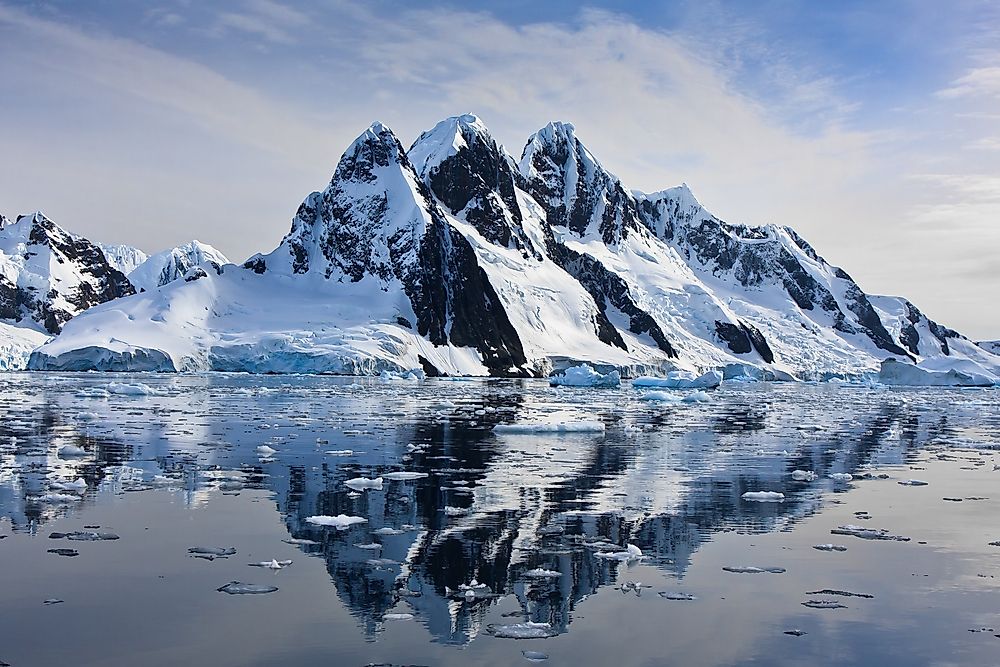What Are The Features Of A Polar Climate?

A polar climate is a type of climate in which temperatures average less than 50 °F each month of year, and therefore warm summers are not experienced. The typical temperature of polar nights is even lower than the 50 °F average, and some polar climate regions are even colder, with average temperatures of less than 0 °F. Regions that experience polar climates cover at least 20% of the Earth's surface and are situated at higher latitudes, especially near the North and the South Poles. However, no clear boundary exists to mark the location of polar climate regions. The lowest temperature ever recorded on Earth was −128.6 °F, measured at the Vostok Station in Antarctica, which is a region with a polar climate.
Characteristics of a Polar Climate
Temperature
The most apparent characteristic of a polar climate is an average monthly temperature that does not exceed 50 °F. However, some regions have much lower temperatures that never go beyond the freezing point, especially in the coldest places on Earth. Such areas include Antarctica, Greenland, and some parts of Europe.
Permanent Ice Sheet
Another characteristic of a polar climate is the presence of a permanent ice sheet. These ice sheets are formed because temperatures never reach a point warm enough for the ice to melt. Consequently, the ice sheets have accumulated over millions of years and have become very thick (as much as several kilometers thick). The existence of permanent ice sheets also mean that plants species that cannot survive in these harsh climates. In addition, animal life is scarce, although a few animal species, such as the polar bear, can feed from the oceans that extend to the fringe of polar climate regions. Like most animal species, humans cannot survive in the cold climate. While no permanent human settlements exist, temporary research stations are sometimes established in polar climates.
Precipitation
Polar climates also tends to be extremely dry since the descending cold air does not have a significant amount of moisture. Consequently, no rain clouds are formed. Some areas in polar regions receive an annual rainfall of fewer than 10 inches. If these areas were not covered with ice, they would be as dry as some of the Earth's hottest and driest deserts. The coldest place on Earth, Vostok, has an annual precipitation of only 6.5 inches. Additionally, since the ice sheets never melt, the ground is perennially dry. Any precipitation that falls comes in the form of small ice crystals or snow.
Distinction from Tundra Climate
Polar climates have some similarities to tundra climates. However, the two climates also exhibit certain differences. For example, tundra climates usually have a month in which the average temperature rises beyond the freezing point, while this does not occur in polar climates. The hotter month allows the ice in tundra climates to melt, which enable plants and animals to survive.











